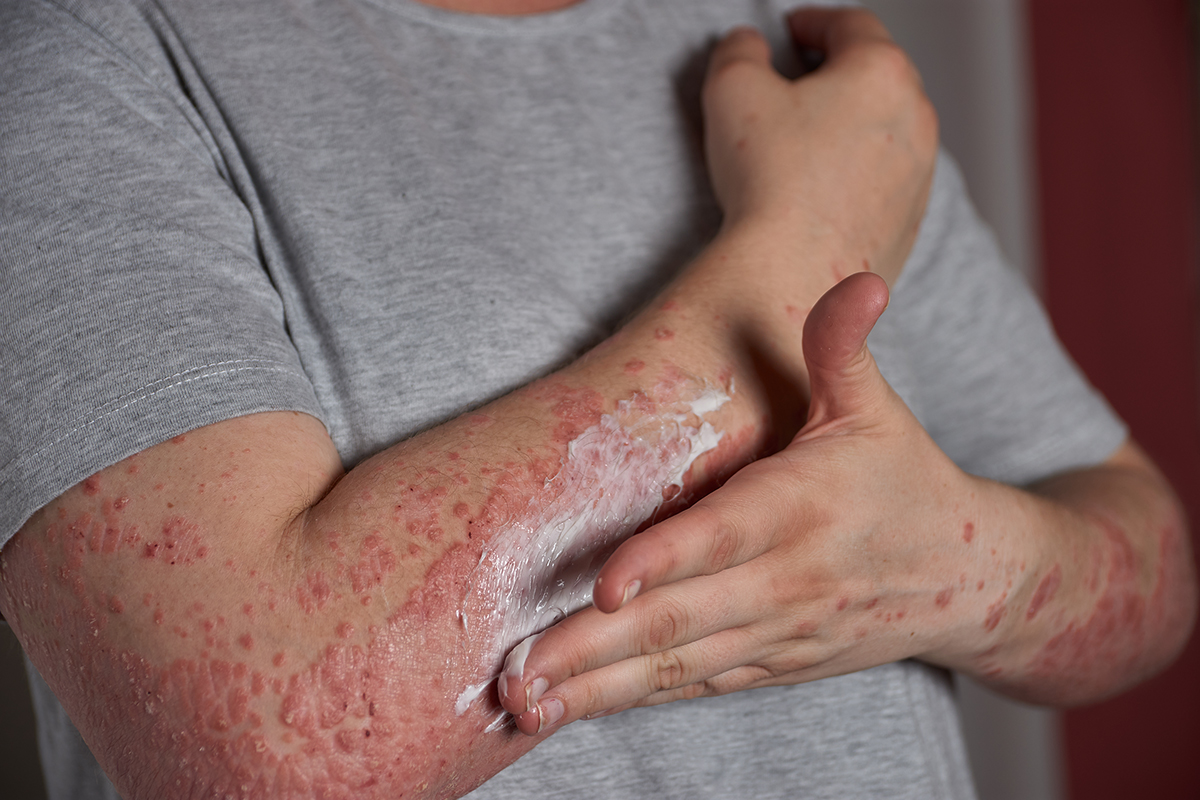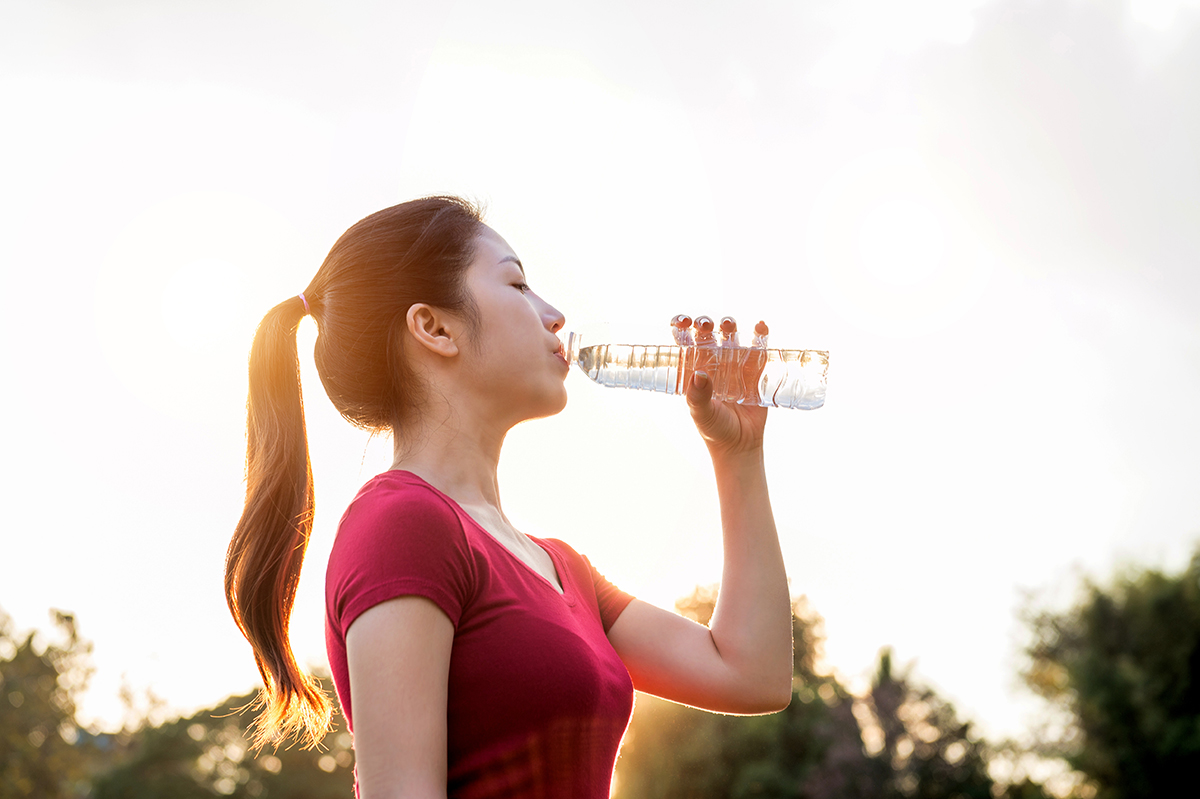
How to Treat Heat Rash?
How to Treat Heat Rash?
Heat rash usually goes away on its own within a few days. However, there are some steps you can take to help alleviate the symptoms and promote healing:
1.Cool the affected area: Apply a cool, damp cloth to the affected area or take a cool bath or shower to help reduce inflammation and soothe the skin.
2.Keep the affected area dry: Avoid tight-fitting clothing and keep the affected area dry to prevent further irritation.
3.Avoid scratching: Heat rash can be itchy, but scratching can worsen the condition and lead to infection. Try to resist the urge to scratch the affected area.
4.Apply calamine lotion or hydrocortisone cream: These over-the-counter creams can help soothe the skin and reduce inflammation.
5.Stay in a cool, air-conditioned environment: Avoid hot and humid conditions that can exacerbate the symptoms of heat rash
6.Use OTC pain relievers: If the heat rash is causing discomfort, you can take over-the-counter pain relievers such as acetaminophen or ibuprofen to help reduce pain and swelling.
7.Stay hydrated: Drink plenty of fluids to help keep your body hydrated and cool.
8.Avoid oil-based lotions and creams: These products can block the sweat ducts and make the rash worse. Instead, use lightweight, water-based moisturizers to help soothe the skin.
9.Apply aloe vera gel: Aloe vera has cooling and anti-inflammatory properties that can help soothe heat rash. Apply aloe vera gel directly to the affected area.
10.Seek medical attention if necessary: In rare cases, heat rash can lead to more serious skin infections, such as cellulitis. If you develop a fever, chills, or severe pain, or if the rash is spreading rapidly, seek medical attention immediately.
It's also important to note that while heat rash is not contagious, it can be uncomfortable and unsightly. Taking steps to prevent heat rash, such as wearing loose-fitting clothing, staying cool and dry, and avoiding prolonged exposure to hot and humid conditions, can help reduce your risk of developing the condition.



0 comments